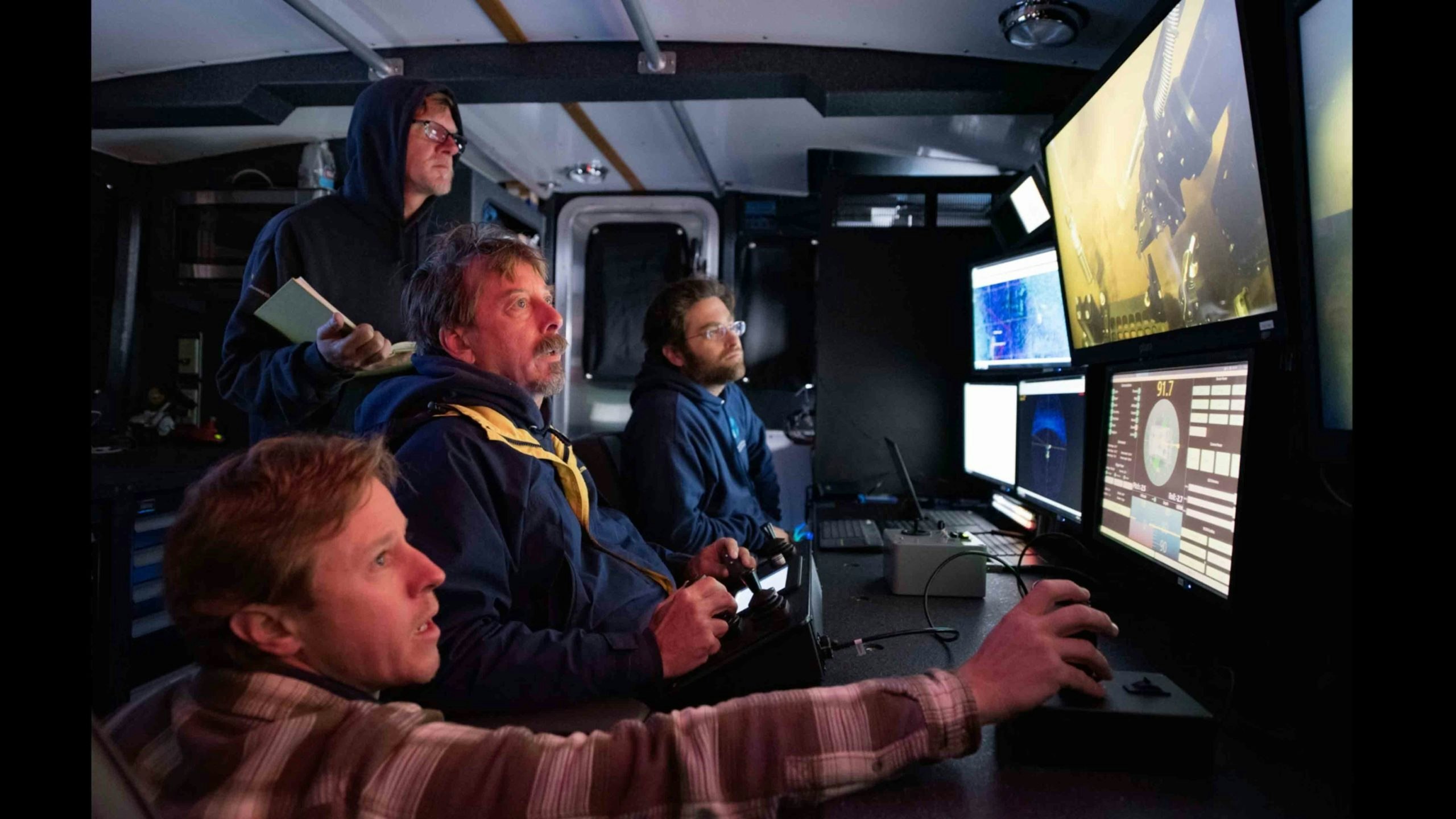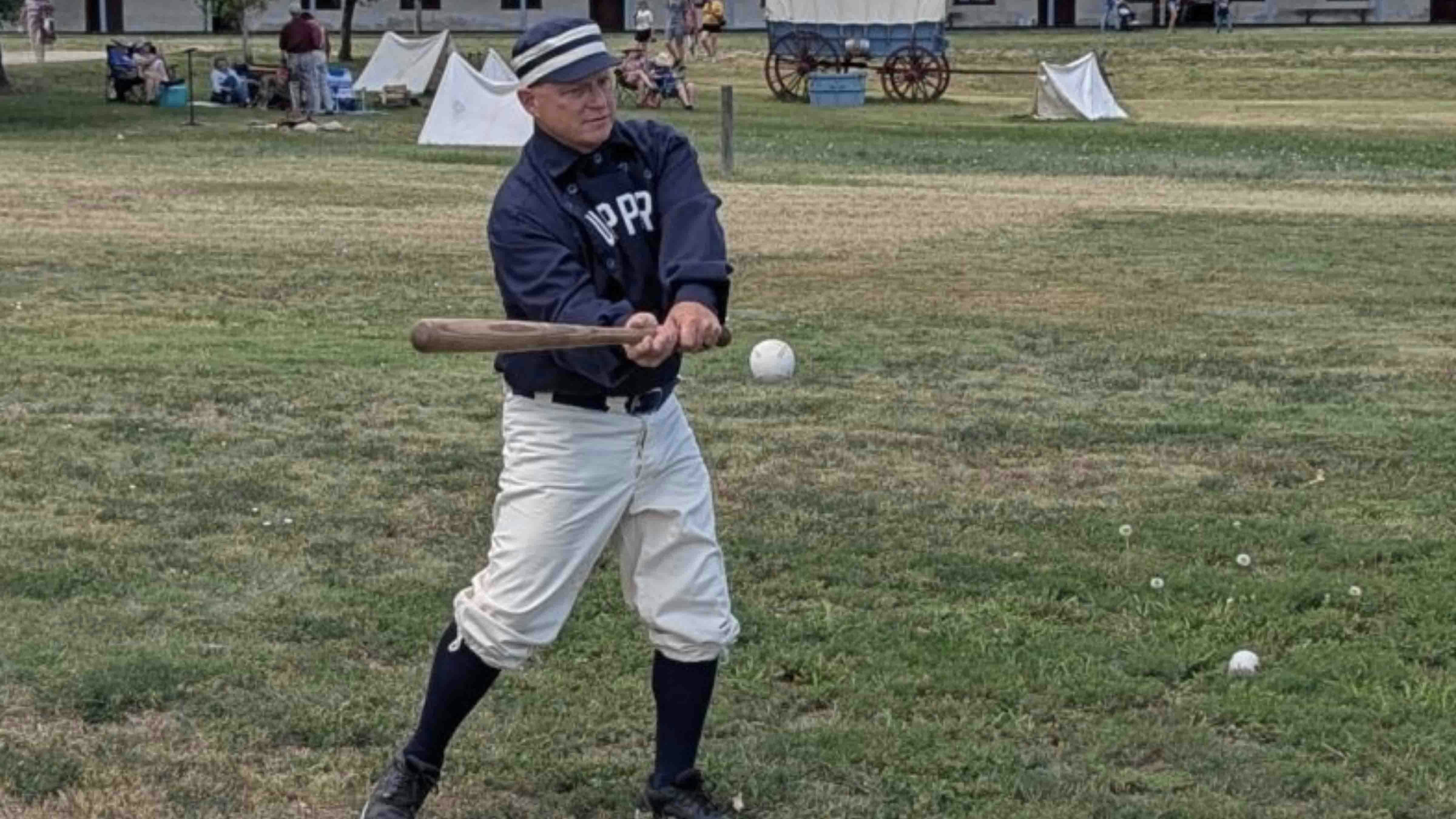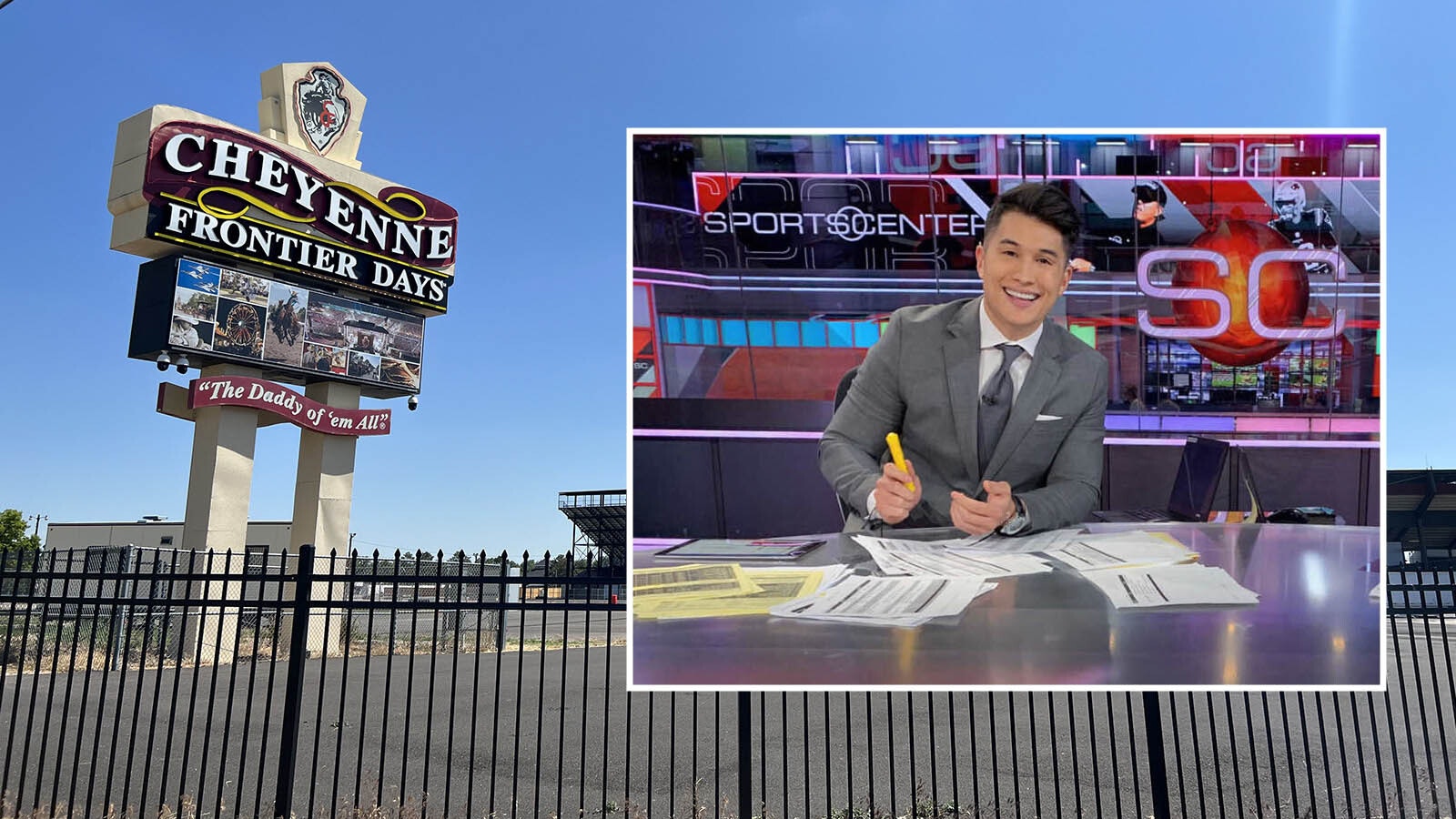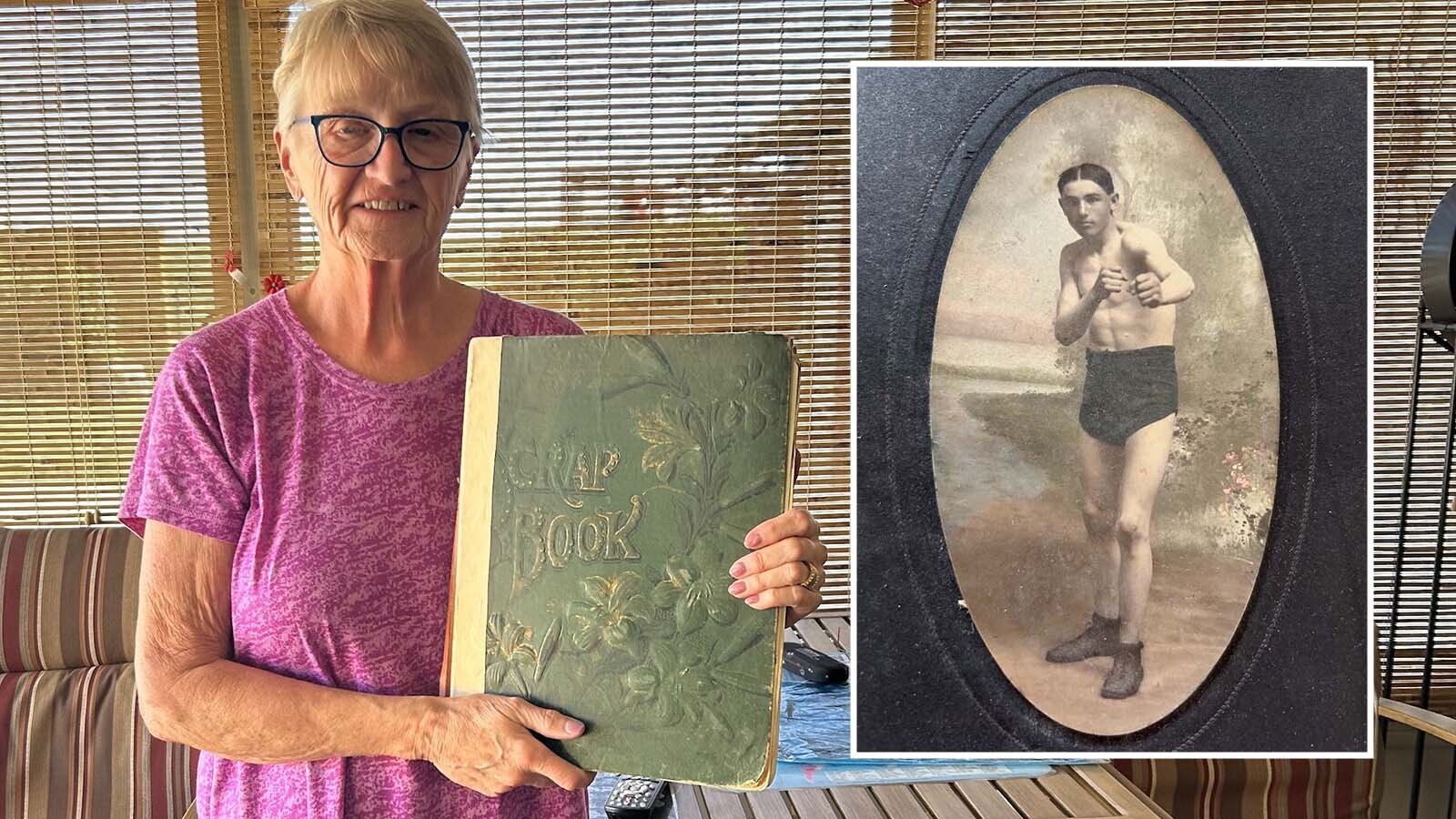A new display at the Buffalo Bill Center of the West in Cody is allowing the public to share in the fascinating details uncovered by a research project about what lies at the bottom of Yellowstone Lake.
The exhibit titled “What Lies Beneath” shines a light into the dark waters explored as part of the Hydrothermal Dynamics of Yellowstone Lake project.
“At the Center of the West, we really explore the story of the American West and share that with our visitors,” said Nathan Doerr, curator for the Center’s Draper Museum of Natural History. “We focus on igniting curiosity, driving exploration and ultimately creating advocates of this amazing place, and this exhibit does a tremendous job of that, because it ignites curiosity based on these phenomenal photographs – and then it presents some incredible research.”
Dr. Rob Sohn of the Woods Hole Oceanographic Institution, director of the Hydrothermal Dynamics project, the goal of the project is to understand how earthquakes, volcanic processes, and climate affect the hydrothermal system located beneath the Lake.
“I spent a lot of my career studying hydrothermal systems in the deep sea,” he said. “I was out doing research on the geysers in Yellowstone just after the big swarm of earthquakes in 2008, 2009 – that was one of the largest swarms in the last couple of decades, and it originated underneath the lake and propagated straight north right up to the Lake Hotel. And it was known that those earthquakes went right underneath some areas on the lake floor where there were thermal areas that had been documented.
“And Jake (Lowenstern with the U.S. Geological Survey) was kind of bemoaning to me that, ‘Geez, we have no way of knowing how these earthquakes affected those hydrothermal systems. It’d be so great if we had been able to monitor that and figure out what was really going on,’” Sohn continued. “And so he kind of turned to me and said, ‘Rob, don’t you monitor underwater hydrothermal systems? You should write a proposal to (the National Science Foundation) to do that study.’ And I kind of thought, ‘Jake, that’s a really good idea.’”
The roughly $5 million proposal was accepted by the NSF in 2014, and Sohn’s team began work in 2016. The expedition utilized new technology that was created specifically for this project, according to Dr. Sohn.
Newly developed technology included the remote operated vehicle (ROV) named “Yogi,” and the boat used to travel the lake’s surface, which was loaded with equipment allowing the scientists to monitor what was happening on the lake floor.
“When we were assembling our team, we have this interesting mix of people who are the world’s experts in the geology of Yellowstone, and in the hydrothermal fluids of Yellowstone,” Sohn said. “And then we combined that with people who are experts in the deep sea technology that you need to study these kinds of features.”
“A lot of the design of this equipment happened in faraway landscapes and in oceans far from Wyoming,” Doerr said. “And to then bring that technology … into Yellowstone National Park and specifically into Yellowstone Lake provides an amazing opportunity.”
“Just having the ability to actually dive down there and collect a fluid sample, for example – that’s a pretty hard little trick technologically,” Sohn added. “And so we just gained a lot of basic information about these systems so that – just like trying to understand a patient – we gave it a pretty thorough set of exams, if you will.”
The exhibit features photos of the work taken by photographer Chris Linder with Woods Hole. Doerr said it was Linder who brought the project to the center’s attention.
“Exhibits like this can inspire especially younger generations to pursue really phenomenal careers and really interesting careers,” he said. “But then the research itself presents us with so much information — about the landscapes that might seem obvious to us from basic natural history, or just our naked eye; learning the story especially of the lake floor, and the impacts of things like earthquakes and volcanic events and climate, how those can change; even these hydrothermal features 400 feet below the surface of Yellowstone Lake.”
So, what does lie beneath the waters of Yellowstone Lake?
“These thermal areas, they’re in the lake, and it’s a pretty deep lake – it’s over 100 meters (328 feet) deep,” Sohn said. “But you know, we found that there’s a giant steam reservoir under Yellowstone Lake, and the rock in sediments under the lake that’s feeding this thermal area.
“In terms of thermal power, it’s 30 megawatts over a very small area, and the roof of that reservoir is about 15 meters below the lake floor,” Sohn continued. “So you actually have this massive reservoir that’s shooting steam up through the sediments to make these thermal areas. And so being able to, kind of, outline the geometry and position of that steam reservoir has been one of the major results from our work.”
Another discovery made during the expedition was how pressure changes from this steam vent affect the lake itself.
“We were able to determine that these fluids that are coming out of this particular thermal area are saturated in volcanic gases, mostly carbon dioxide and, and sulfur species, hydrogen sulfide,” Sohn explained. “And when those fluids have that high saturation, that makes them very susceptible to pressure changes, and you can basically cause them to explode.
“And so our best hypothesis is that if you have an event that causes the pressure to drop rapidly on these systems, you can cause them to decompress and explode and cause higher thermal explosions,” he continued. “So, if you had an earthquake, and there are a lot of fault zones that are near the lake and actually cut through the lake, you could generate the lake equivalent of a tsunami. So we’ve just learned a lot about the sensitivity of this system, especially to pressure changes.”
The exhibit will be on display at the Center of the West until May of 2022. More details can be found at https://centerofthewest.org/2021/02/04/exhibition-what-lies-beneath/





